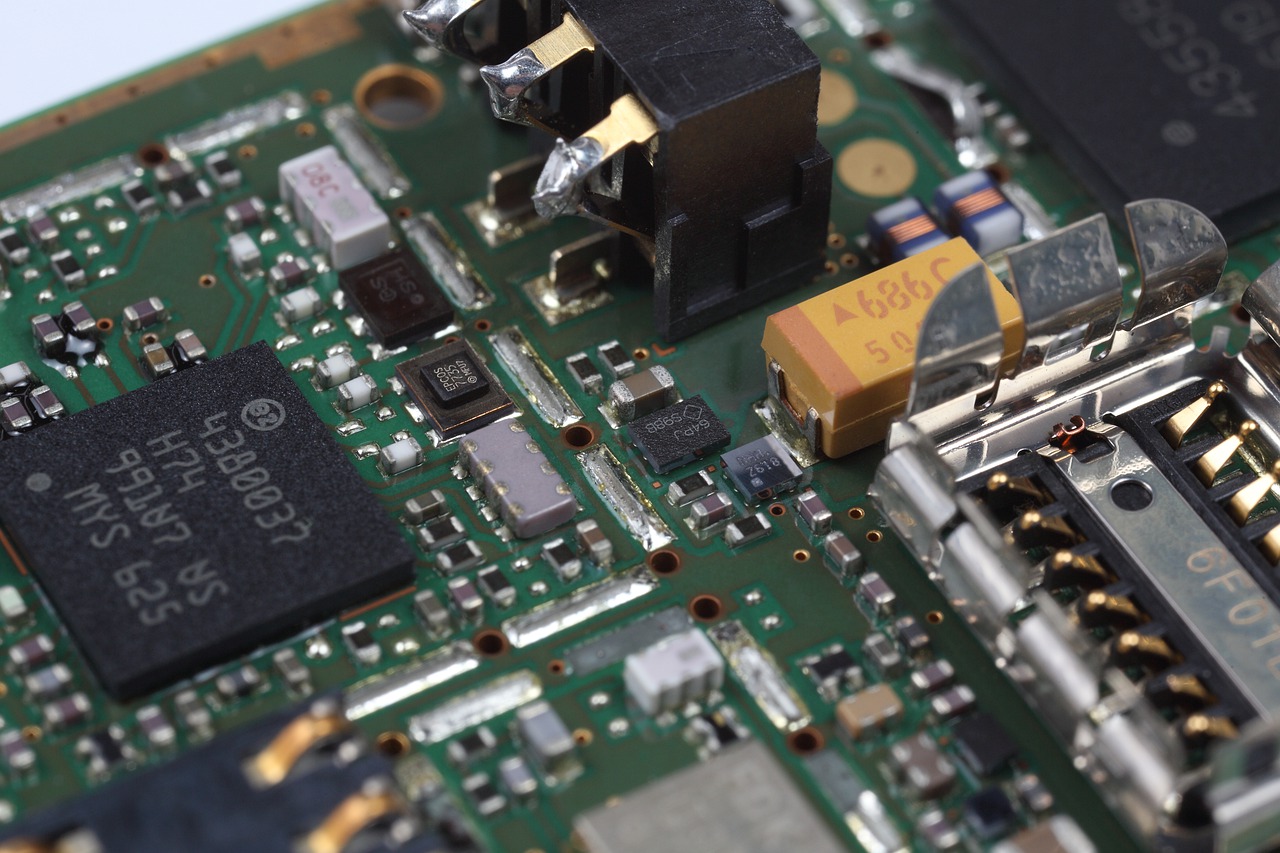Tips For Choosing The Best FPGA Board

It is challenging to choose a computer device these days, owing to the number of specifications you must sieve through. When you are looking for logic devices that offer extraordinary performance features, an FPGA board is one of the specifications you will encounter. What then, is an FPGA Board?
A Field Programmable Gate Array is a semiconductor device based around configurable logic blocks and is connected via programmable interblocks. FPGA boards are powerful enough to perform reliable operations like image processing in a system. FS Tech the semiconductor device has a reconfigurable computing function that allows you to reprogram and change it to perform a designed logic functionality even after manufacturing.
Features Of Field Programmable Gate Array
- They are designed to be reprogrammable to allow users to perform one or more specific logic functions in the device.
- The circuits on the chips give room for change during the PCB assembly process or by the user. This means that, with an FPGA board, you can create your chip from scratch.
- It comes with no intended prewired function; users must program it to perform the desired work.
- An FPGA can be diverse in its ability to perform a function. It can handle complex tasks like a CPU or take simple logic gate functions like AND/OR.
What Are FPGAs Used For?
- Medical and scientific purposes. For example, in diagnostic imaging like ultrasounds and X-rays.
- Consumer electronics. They are used in digital televisions, cameras, and smartphones.
- Aerospace and Defense. This is used for waveform generation in radars and real-time signal generation in radios.
- Xilinx parts offer FPGAs used in surveillance, access control, and safety systems.
- Video and image processing.
- Datacenter for cloud storage applications.
- Wireless communications.
- Wired communication.
The primary benefits of Field Programmable Gate Arrays include the flexibility and improved performance it offers. Therefore, choosing the best FPGA is key to achieving top performance. The process of selecting the board is just like any other decision-making process in your life, where you look at your requirements and how they align with the semiconductors available in the market like Xilinx parts.
The goal is to find a board that is the best match for your project’s current and future needs. To do that, you need to invest some time in understanding your project decision and its requirements. We will look at some essential tips you need to choose the best FPGA for your project in the following section.
Choosing The Best FPGA
IO Count
This is the most specific requirement you can start with. It involves calculating the number of IOs you need for your designs or, instead, how many pins you require to connect to the external world. Standard boards like PMOD and FMC have preinstalled connectors that allow for the future addition of interfaces.
Buttons and Displays
FPGA design, like any software and computer hardware, comes with several bug issues. Debugging these can be pretty hard if you do not have access to real-world displays. Unlike MCUs, where you can place breakpoints anywhere in the code, FPGAs do not have such an equivalent.
Therefore, going for a design with LED displays and switches on the board can provide a workaround that enables you to pull statuses of some status registers into the real world and debug any occurring issues. It is also easy to add switches, displays, and buttons on an FPGA that comes without them preinstalled using GPIO connectors. Either way, having a way of pulling status into the real world is one aspect you can use to choose boards for your project.
Number Of Gates
There are different categories in the computer engineering market, and within these, there are several different sizes. These sizes are measured in terms of gates and resources. It is essential to choose an FPGA design that your project can fit into, small or large; though, large designs may be more expensive than smaller ones. Remember that the costs should not be a deciding factor when determining the number of gates and resources you require in your FPGA. Work with a size that suits your project and meets all your requirements in the present and future.
Learning Resources And Community Support
Digital designs and FPGAs are continually evolving. It may be, at times, challenging to get the required information. Thus, pick one with relevant material and a vibrant community that is likely to provide you with solutions to unforeseen challenges. Having a learning guide from the manufacturer is essential to understand the FPGA better and guide you in inadequately discerning any unexpected challenge. The manufacturer guide will also save you from thousands of random suggestions you may get from Google or an online community.
Cost
The cost can be a deal-breaker for most individuals. You may find the price too high or affordable. However, when looking at cost, it is essential not only to focus on the price but the general cost of purchase and operation and durability of the FPGA. You may choose one that is relatively higher in price but offers you a guarantee of excellent performance and is likely to last long. Also, having an FPGA that can handle your workload is essential. Thus, cost should not be your sole factor but must be considered with other factors at hand.
Availability Of Toolchain
Availability and type of toolchain depends on your level. For example, if you are a beginner choosing a toolchain that is easy to use and has a step by step guide will give you an easy time. For more experienced users, one may be keen on the brand. Depending on where you fall, making this decision will enable you to choose the toolchain that meets your needs and one you can easily handle.
Conclusion
Choosing the right FPGA may be an uphill task for those new in the field or due to the vast number of options in the market. However, it would be best if you took your time to see what meets your needs and one that offers you a chance to grow.






